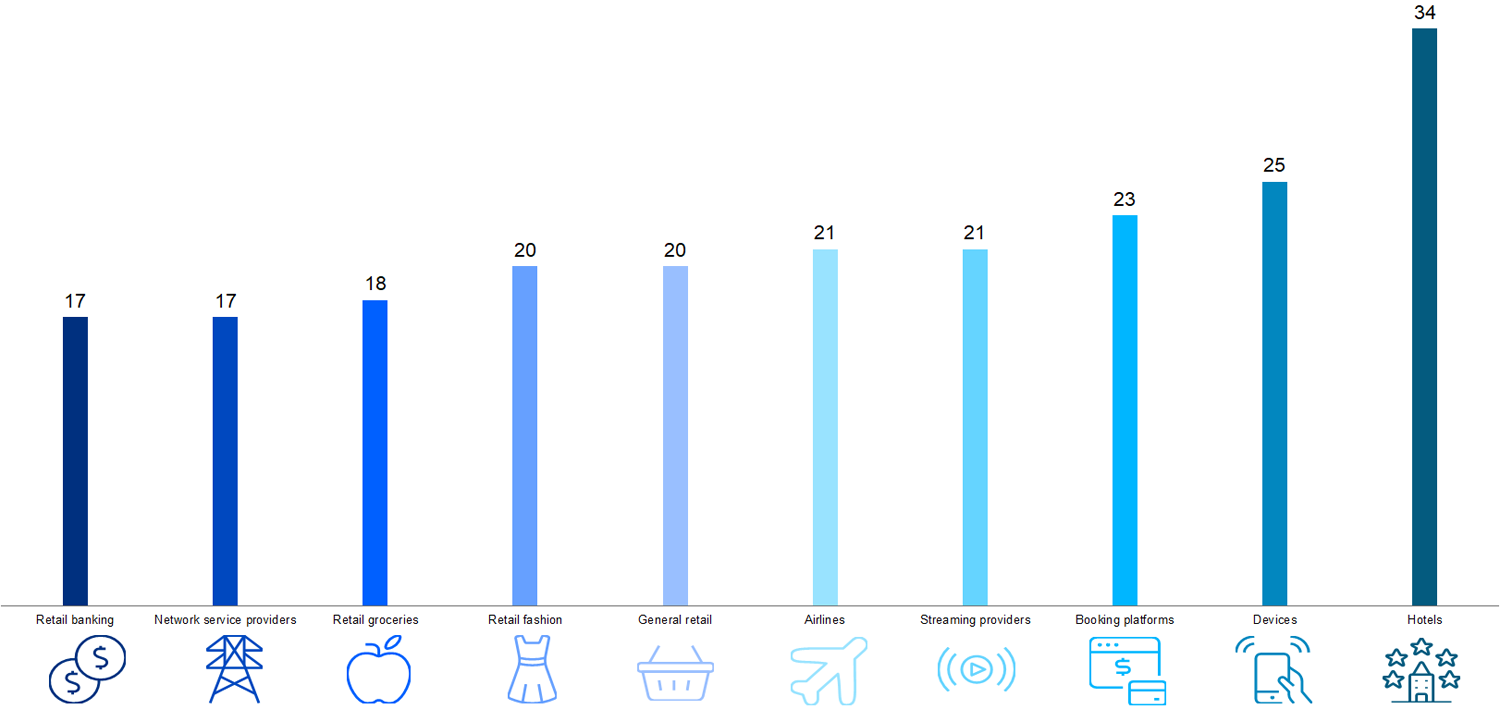On March 11, 2020, the World Health Organisation (WHO) declared the outbreak of a new type of coronavirus a global pandemic. Little did we know how severe the impact of COVID-19 would be at the start of the crisis. More than a year later, our understanding of the changes in consumer behaviour has evolved substantially. But it’s not a rosy picture.
While vaccines will hopefully eliminate the immediate threats to health and safety, financial worries are likely to persist for some time. Kantar’s COVID-19 Barometer (Wave 8) revealed that over 50% of people say the pandemic has affected their household income. Over 60% expect it will take a long time for the economy to recover, and more than half of consumers are worried about the future. As more and more people want to save money and avoid non-essential spend, many businesses are concerned about their customers’ financial hardship and reduced demand.
In this climate of deep economic uncertainty, brands are not only scrutinising investment, but they are also fighting for their customers’ share-of-wallet more than ever before. This fiercely competitive environment has once more elevated the importance of customer experiences, and achieving a customer-centric culture has re-emerged as an important theme.
Great expectations
When Peters and Waterman published ‘In Search of Excellence’ nearly forty years ago, hopes were high that a thorough understanding and management of organisational culture would emerge as the secret ingredient of business success. With the rise of Google, Apple, Amazon and Facebook, culture once again entered the sphere of managerial interest. Leaders, such as Zappo’s Tony Hsieh, are sought-after examples when it comes to designing a people-centric culture – one that creates employee happiness as well as an outstanding customer experience.
Forbes magazine raises equally high hopes: “Being customer centric is about more than just offering a good product or staffing a contact centre. It becomes a cultural way of life for the company and impacts everything from employee engagement to customer experience. Customer-centric companies live and breathe their customers and are laser-focused on providing amazing experiences. They are innovative and do good in the world. These companies disrupt their industries and are often rewarded with growth and increased revenue.”
The reality of customers’ experiences, however, stands in sharp contrast to hopes and expectations. Kantar’s CX+ 2020 reveals that globally only 20% of customers rate the brands they buy from as customer centric. Hotels are best in class – but still only 34% of customers recognise the customer centricity of their brands. The figure drops to 17% for retail banks. Many customers switch brands because of a negative customer experience (eg 42% in telecoms) and in some categories the pandemic has even worsened the situation. How can ambition and reality diverge so profoundly?
BRAND is truly customer centric – putting my needs and requirements first

There is no silver bullet
A commonly used, and admittedly slightly exhausted metaphor for organisational culture is that of an iceberg where 90% is under water and is therefore invisible, in the same way that beliefs and values of an organisation are often intangible. The metaphor, nevertheless, is a useful analogy when it comes to how icebergs are formed. Layers of snow are compressed into glaciers that form on land and then break off and slip into the ocean. Simply speaking, icebergs build up over thousands of years – and similarly, organisational culture is a result of norms, beliefs and habits stacked up over many years. This culture can be hard to change.
Towards the holy grail
There is no doubt that culture is an important ingredient of business success, but we might do ourselves a disfavour by attributing a touch of magic to it and treating it as a silver bullet. What sets successful companies apart is building a structure, practices, and behaviours that form and nourish their organisational culture. Achieving true customer centricity is simply hard work.
Firstly, it is vital to break down organisational siloes. A customer-centric culture can only develop when Brand and CX strategies are aligned. Customers need to feel the brand at every touchpoint and with every interaction. Cross-functional project teams who align CX delivery across the entire customer journey are crucial.
Secondly, companies need to bring the voice of the customer into the organisation. Delivering the right information to the right employees in real-time ensures that customer feedback is a constant component of working culture, and it enables the organisation to act on customer feedback and adjust workflows and processes.
Most importantly, customer-centric behaviours need to become best practices. Governance structures are vital to ensure clear accountabilities. Senior leadership support is required to create and sustain momentum. Employees must be empowered to make their own decisions on what is best for the customer.
Just two in five customers on average say they are likely to stay with their brand. Customer-centric brands can double this (Kantar’s CX+ 2020). Customer centricity not only delivers value to the customer, but also value to the organisation by reducing churn. In times of economic uncertainty, it pays to start the journey towards a customer-centric culture.


